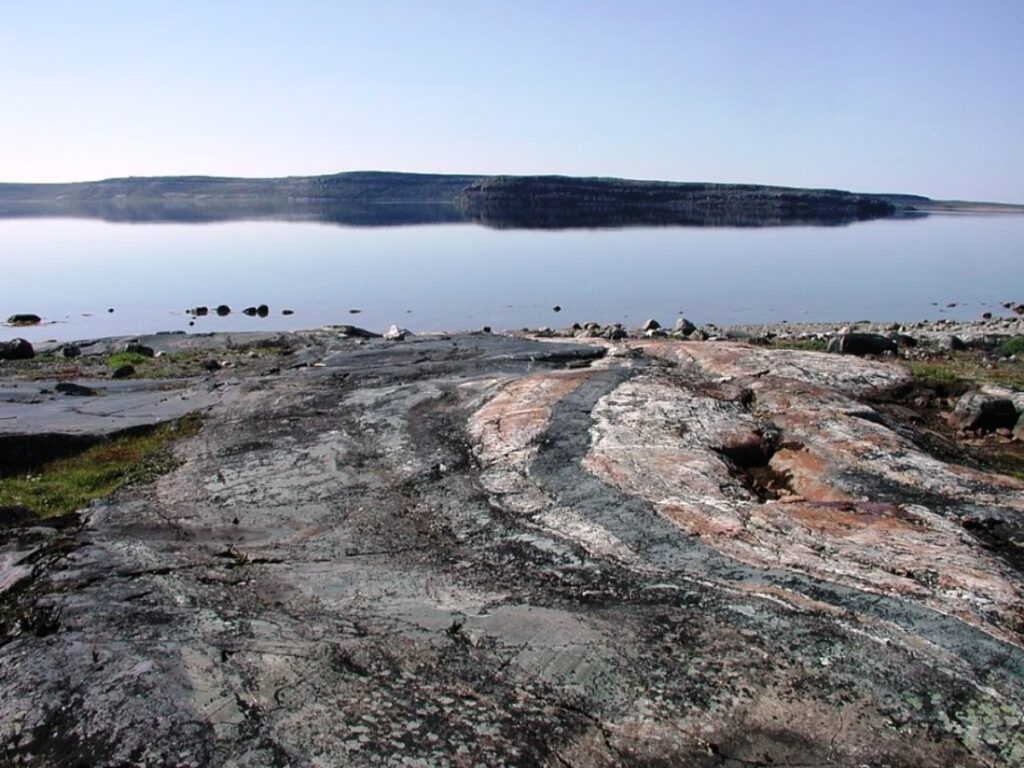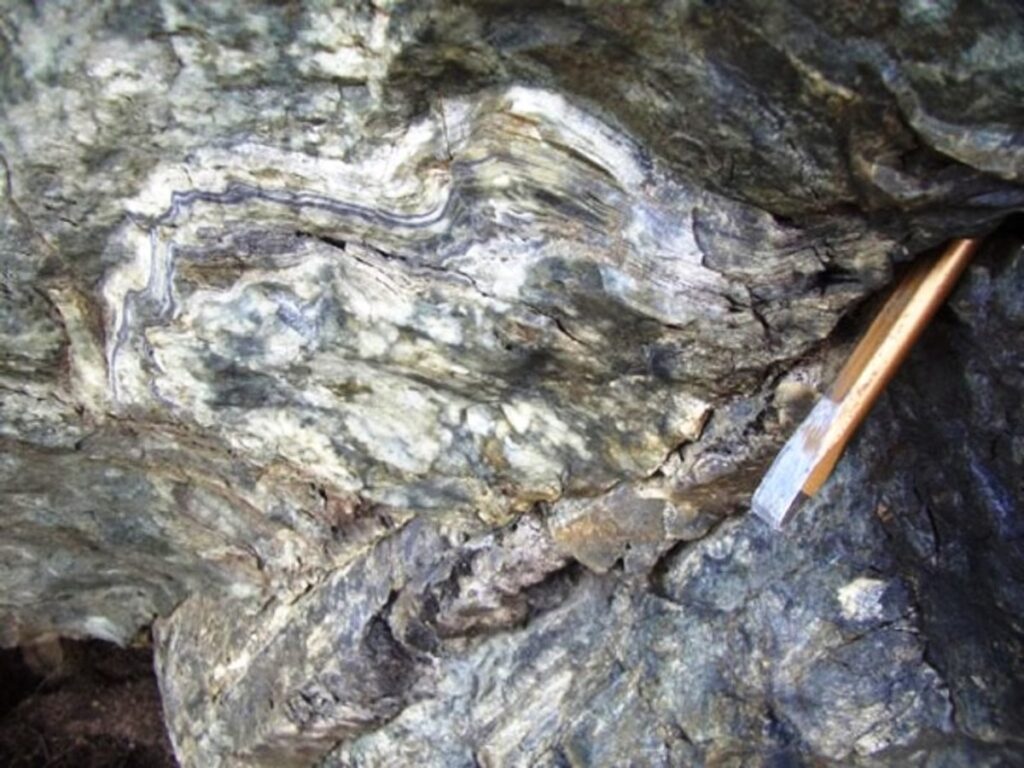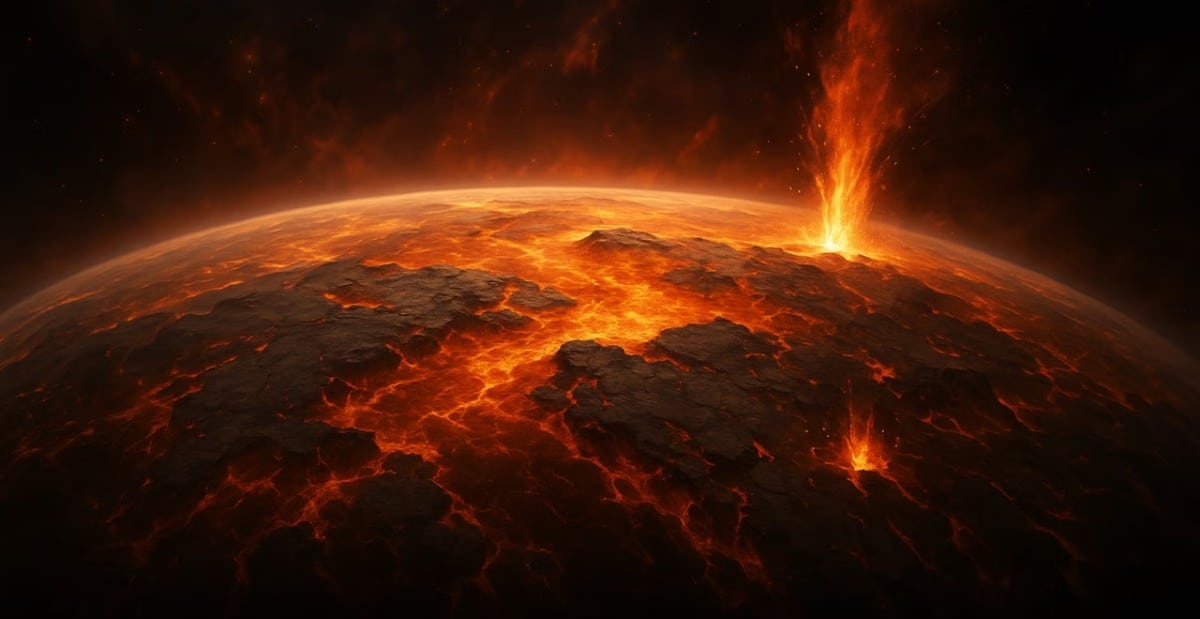If the story of Earth were a book, its first 500 million years would be missing pages — or at best, smudged and torn ones. Yet, according to a group of cosmochemists and geologists, a few faint paragraphs remain legible today. These fragments might even date back to before the Moon was born.
A little over two centuries ago, chemistry and mineralogy took shape as distinct sciences. But it was thanks to Vladimir Vernadsky — a Russian chemist of Ukrainian origin — along with Norwegian Victor Goldschmidt and American Frank Wigglesworth Clarke, that geochemistry truly came into being in the early twentieth century. Not long after, the discipline expanded into cosmochemistry, with scientists studying meteorites (among them Nobel Prize winner Harold Urey) and exploring the solar system through space missions. Add to that the rise of nuclear astrophysics — a field championed by Hubert Reeves — and Earth’s origins became a little clearer.
The breakthrough that tied it all together was the mass spectrometer, an invention that allowed scientists to decode the isotopic composition of rocks.
Each element’s nucleus can appear in several forms depending on how many neutrons it contains compared to protons — these are its isotopes. Hydrogen, oxygen, carbon… all have several versions. Deuterium and carbon-14 might ring a bell — they’re isotopes of hydrogen and carbon, respectively.
“Geochemistry and cosmochemistry are the study of chemical elements to understand the history of the Earth and the planets…” Interviews with Manuel Moreira, professor at Paris Diderot University, and members of his team eight years ago. © IPGP Channel
Rocks as the memory of a planet
Through countless chemical and physical processes, rocks trap distinctive proportions of isotopes. By analysing those ratios, researchers can reconstruct when and how key planetary events occurred.
Meteorites that have fallen to Earth share remarkable similarities with the Sun’s atmosphere, confirming that the planets and the Sun formed from the same swirling cloud of gas and dust.
The same kind of comparison between Earth and Moon rocks — those brought back by Apollo astronauts — led scientists to conclude that the Moon was born from a colossal impact between a forming proto-Earth and a smaller planet roughly the size of Mars, nicknamed Theia. Out of that cosmic collision came the Earth and Moon we know today, formed from the mingled remains of both bodies.
This violent chapter likely took place about 4.5 billion years ago, less than 100 million years after Earth’s formation began, during the fiery Hadean period — a time when the young planet was anything but hospitable.
Sean Raymond, an astrophysicist at the Bordeaux Astrophysics Laboratory, discusses the formation of the Solar System according to the standard scenario of accretion of planetesimals giving rise to planetary embryos. © Ideas in Science
Potassium isotopes: keys to a hidden past
A team from MIT recently announced a striking discovery: rare remnants of the proto-Earth may still exist within ancient rocks and meteorites. Their findings, published in Nature Geoscience, came from an analysis of potassium isotopes in samples from Greenland’s Isua region, Canada’s Nuvvuagittuq belt, and South Africa’s Kaapvaal craton — all dating back more than 3 billion years.
The researchers also studied much younger basalts from Réunion Island and Hawaii’s Kama‘ehuakanaloa volcano. These rocks, though recent, came from deep “hot spots” in Earth’s mantle that may have preserved untouched material from our planet’s earliest days.
 A photograph of a metamorphic rock outcrop at Porpoise Cove, in the Nuvvuagittuq supracrustal belt (Canada). Some of these rocks have a Sm/Nd ratio indicating an age of over 4.0 Ga. They could therefore be among the oldest rocks on Earth. © NASA Astrobiology Institute
A photograph of a metamorphic rock outcrop at Porpoise Cove, in the Nuvvuagittuq supracrustal belt (Canada). Some of these rocks have a Sm/Nd ratio indicating an age of over 4.0 Ga. They could therefore be among the oldest rocks on Earth. © NASA Astrobiology Institute
Because Earth’s surface has been reshaped over billions of years — from relentless geologic churn to ancient meteor bombardments — uncovering traces of its infancy is almost impossible. But MIT’s team managed it by focusing on potassium isotopes with mass numbers 39, 40, and 41.
As MIT explained, potassium on Earth usually appears in a familiar mix of isotopes dominated by potassium-39 and -41. The rarer potassium-40 exists only in trace amounts. Yet some meteorites showed distinctly different isotope ratios, suggesting they predated the chemical makeup of modern Earth. In essence, any material showing that same imbalance could be a relic from before the Moon-forming impact.
 The Isua sedimentary layers (3.85 billion years old) in Greenland. These rocks are the oldest known sediments in the Solar System. © Francis Albarede
The Isua sedimentary layers (3.85 billion years old) in Greenland. These rocks are the oldest known sediments in the Solar System. © Francis Albarede
Ancient signatures in stone
In rock samples from Greenland, Canada, and Hawaii, the scientists found an isotopic signature unlike most Earth materials — a deficit of potassium-40. This shortfall fits perfectly with what would be expected from matter dating back to the early Hadean era, preserving the meteorite fingerprints of Earth’s earliest state.
To confirm, researchers simulated billions of years of geodynamic evolution, testing whether normal mantle processes could mimic such ancient imprints. The results said no: their models always produced slightly higher potassium-40 levels, matching modern rocks instead.
According to Nicole Nie, assistant professor of Earth and Planetary Sciences at MIT, “this may be the first direct evidence of preserved proto-terrestrial material. We’re looking at a fragment of Earth as it was before the giant impact. It’s astonishing — one would think such an ancient signature would have vanished long ago.”
Even so, the match between these ancient samples and known meteorites isn’t perfect, hinting that the very materials that shaped our original planet remain undiscovered.
As Nie explains, “scientists are piecing together Earth’s initial chemical makeup by comparing different groups of meteorites. But our study shows that the current catalog is incomplete — and there’s still so much to learn about the origin of our planet.”

